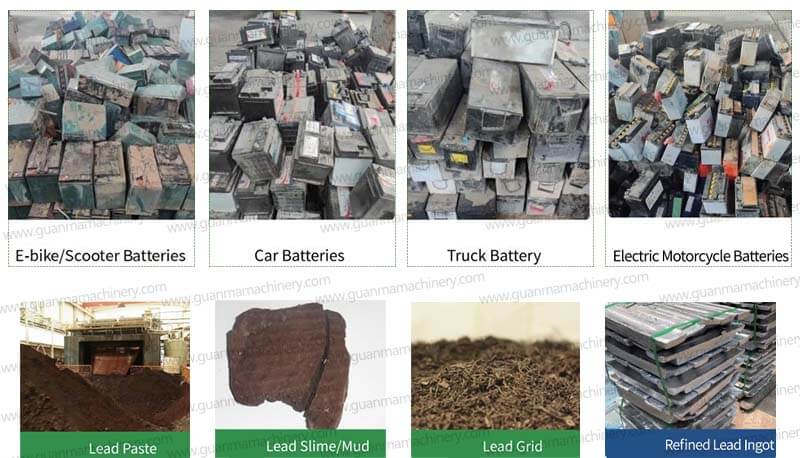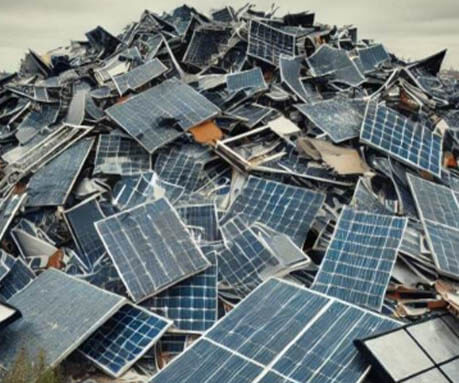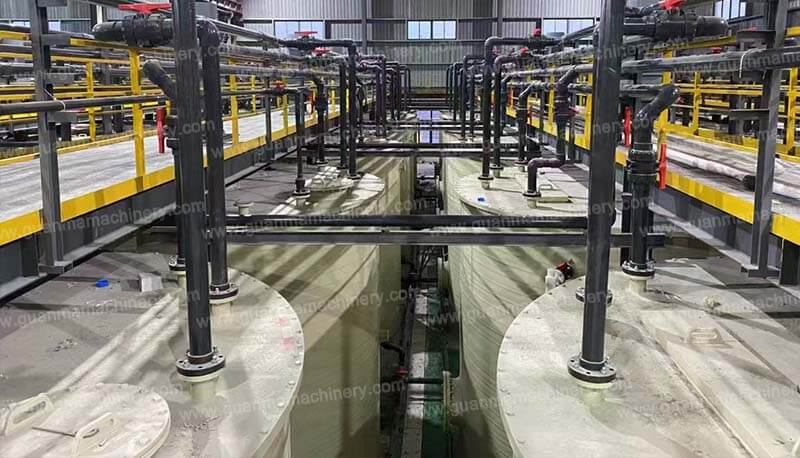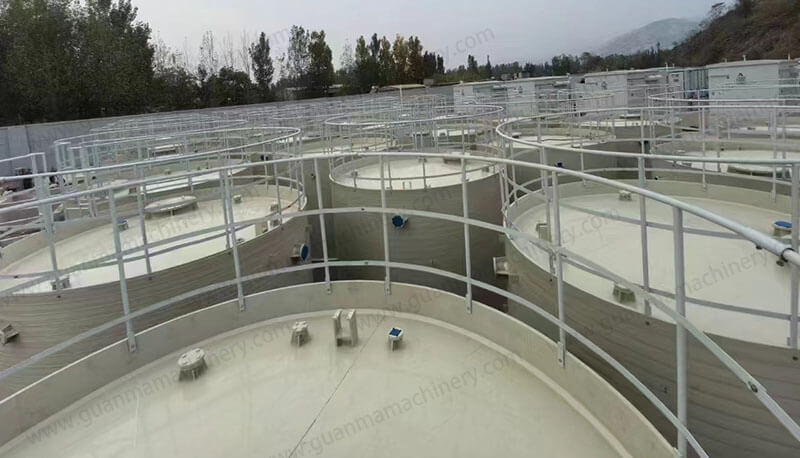Do you know the characteristics of the hydrometallurgical processing of anode slime? Hydrometallurgical processing refers to the method of obtaining gold or silver using wet processes, where all impurity removal steps are conducted in aqueous solutions.Over the past three decades, the hydrometallurgical processing of anode slime has seen significant development and achieved breakthroughs in industrial applications. Compared to traditional processes, hydrometallurgical processes have the following characteristics:
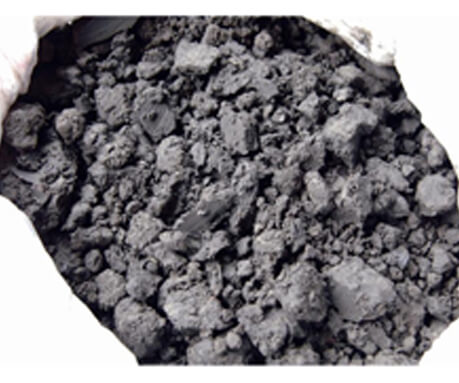
1. High Direct Recovery Rates: The direct recovery rates of gold and silver are typically 97% to 98%, and can reach over 99%. This is higher than in traditional processes.
2. Short Production Cycle: The production cycle is generally 10 to 20 days. In hydrometallurgical processes, the inventory of gold and silver is lower compared to traditional processes.
3. Fewer Steps and Shorter Flow: Hydrometallurgical processes can produce high-quality gold or silver powder, which can be cast into anodes for subsequent electrolytic refining. Gold can be refined from chlorinated leach solutions using solvent extraction to produce No. 1 gold, completely eliminating the need for electrolytic refining of gold.
4. No Intermediate Circulating Feed: Hydrometallurgical processes replace the smelting furnace and silver separation furnace used in pyrometallurgical processes with gold and silver separation steps. This eliminates the 30% to 40% of intermediate circulating feed that is typically produced from anode slime, which helps to improve direct recovery rates and reduce costs.
5. Suitable for Various Scales: Hydrometallurgical processing is suitable for anode slime treatment of various scales, especially for small and medium-sized enterprises. Traditional pyrometallurgical processes require a certain scale, and smaller furnaces are inconvenient to operate.

